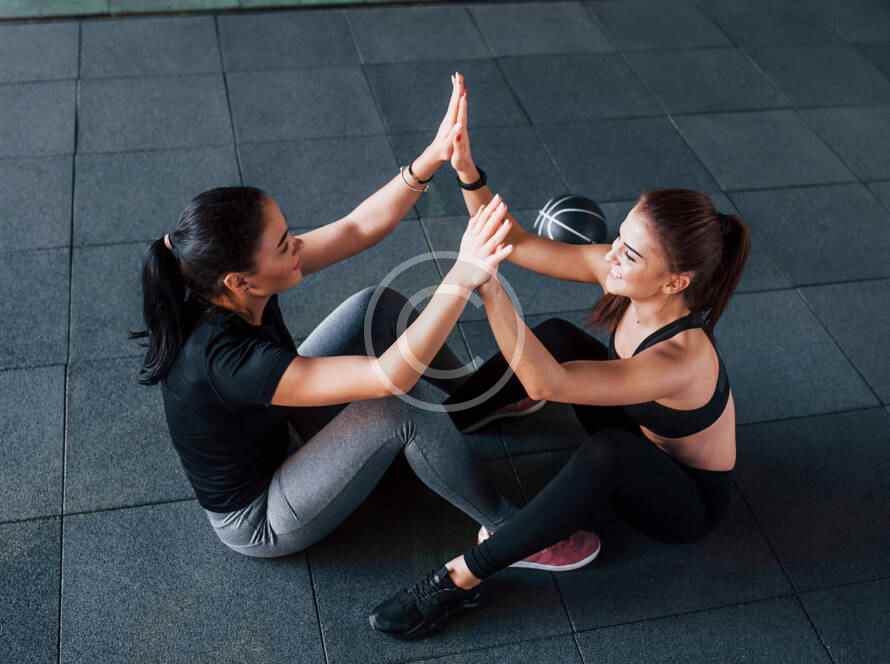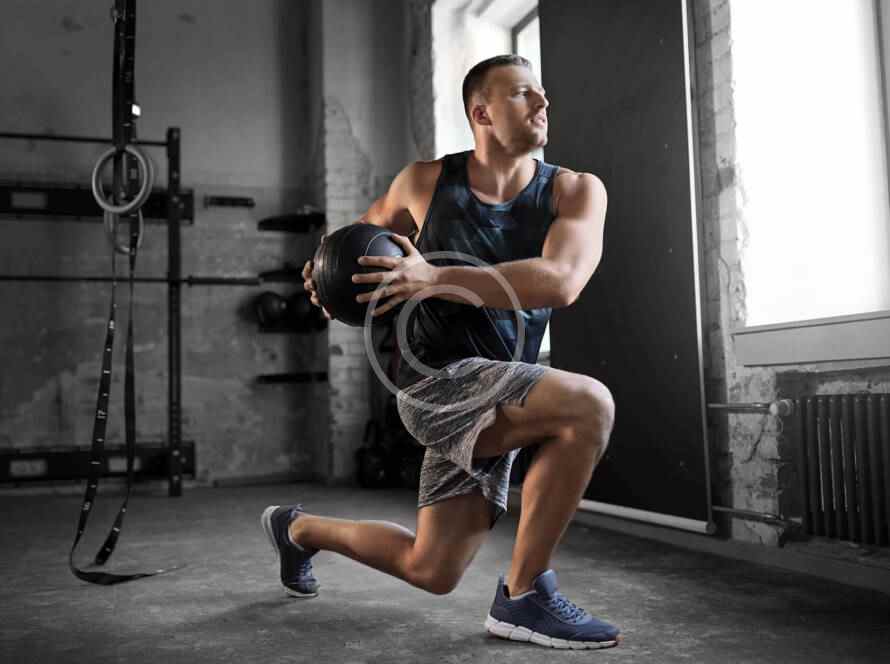The gluteal muscles are more than just aesthetic features; they play a pivotal role in posture, movement, and overall spinal health. For those suffering from mechanical low back pain, understanding the anatomy of the glutes and the exercises that can enhance their function your quality of life.
The Anatomy of the Glutes

The gluteal region is composed of three major muscles: the gluteus maximus, gluteus medius, and gluteus minimus. These muscles are key players in movement and support the hip and spine.
Gluteus Maximus:
The largest and most superficial of the trio, it is responsible for the extension, abduction, external rotation, and straightening of the hip joint.
Gluteus Medius:
Primarily a hip abductor, it also supports hip rotation and stabilizes the pelvis when standing on one leg.
Gluteus Miniums:
The smallest muscle works alongside the Medius for abduction and stabilization of the hip.
Each muscle has a distinct role, but collectively, they work to support the pelvis and facilitate a range of movements from walking to climbing stairs. Sedentary lifestyles, characterized by prolonged periods of sitting, can lead to weakening and atrophy of the gluteal muscles. This weakening can contribute to an array of musculoskeletal imbalances and disorders, such as the anterior pelvic tilt, lower back pain, and even knee and ankle injuries due to poor alignment and compensatory movement patterns. Moreover, weakened glutes can reduce one’s ability to perform simple tasks such as getting up from a chair or walking efficiently, which can impact overall health and functionality.
Best Exercises for Glute Activation
To activate and strengthen these essential muscles certain exercises have proven to be particularly effective:
Squats: Targeting primarily the gluteus maximus, and quadriceps, squats are a fundamental exercise that enhances total lower body strength.

Lunges:
These engage the gluteus maximus and Medius and also offer the benefit of unilateral training, which can correct imbalances between the left and right side of the body and also enhance balance.

Hip Thrusts: Excellent for gluteus maximus activation hip thrusts also promote hip extension which can alleviate the tightness in your hips after staying in a seated position for an extended period. This action is fundamental in the propulsive phase of walking, running, and climbing. It’s also essential in rising from a seated position and lifting objects from the ground.

Side-lying Leg Lifts: This exercise is perfect for targeting the gluteus Medius and minimus, it also has the added benefit of being a lateral movement and targets the muscle at a different angle providing more activation.

Glutes’ Role in Correcting Anterior Pelvic Tilt and Alleviating Low Back Pain
A common issue associated with weak gluteal muscles is anterior pelvic tilt – a condition where the pelvis tilts forward, creating an exaggerated lumbar curve. This condition can contribute to mechanical low back pain, which affects daily functionality and quality of life. A recent study into The Effectiveness of Gluteus Maximus Activation in Correcting Pelvic Tilt for People with
Mechanical Low Back Pain illustrated how Gluteus Maximus (GM) activation exercises are particularly effective in correcting anterior pelvic tilt. This is significant because a balanced pelvis can reduce strain on the lower back, thereby alleviating pain. The study aligns with previous research by Kevin McCurdy, which demonstrated the benefits of GM activation exercises in maintaining a normal pelvic angle. These exercises are instrumental in the recovery process from mechanical low back pain which is currently one of the most prevalent disorders in our industrialized modern society.
Conclusion
The gluteal muscles, when properly activated and strengthened, can have profound effects on posture, movement, and the prevention and treatment of low back pain. For those affected by mechanical low back pain, GM activation exercises are not just beneficial—they are transformative. They not only correct anterior pelvic tilt but also play a critical role in reducing pain and improving functional outcomes. Through regular, targeted exercises, individuals can harness the strength and stability of their glutes, leading to improved spinal health and a more active, pain-free life.

